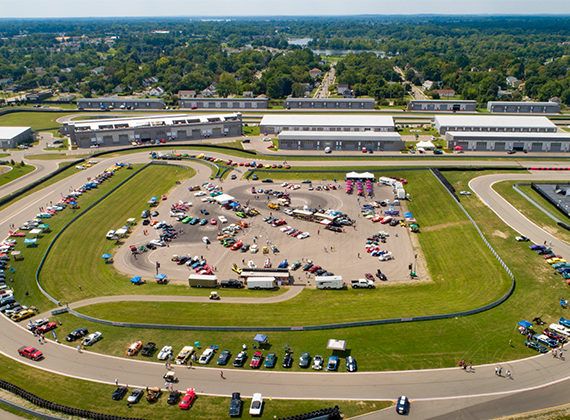Enhancing Inclusivity: Understanding Texas Accessibility Standards & Procedures

Imagine the impact of losing your sight and how it would dramatically change your life. Unfortunately, this has become a reality for my younger sister, whose recent loss of vision has completely transformed her day-to-day experiences. Simple activities she once took for granted, like driving a car, are no longer possible. Even moving around her own house has become a daunting challenge. Witnessing the obstacles she faces due to her disability has highlighted the significance of accessibility and the importance of initiatives such as the Texas Accessibility Standards (TAS).
At PEA Group, our commitment to inclusivity extends to creating accessible environments that empower individuals like my sister. Drawing on our expertise in civil engineering, landscape architecture, and land surveying, we strive to promote understanding and utilization of TAS to ensure equal access and full participation for individuals with disabilities in Texas. This article will provide a comprehensive overview of TAS, shedding light on its significance in fostering inclusivity and creating barrier-free spaces throughout the state.
What are Texas Accessibility Standards?
Texas Accessibility Standards (TAS) are a set of regulations that ensure that public facilities are designed and constructed to be accessible to individuals with disabilities. Derived from the Americans with Disabilities Act (ADA), TAS guarantees equal access to buildings, facilities, and public spaces across Texas.
The Purpose of TAS
TAS serves a crucial purpose in eliminating barriers and ensuring inclusivity for individuals with disabilities. By establishing standards for accessible design, TAS aims to create an environment where everyone can navigate, utilize, and enjoy public facilities with ease and dignity.
Key Features of TAS
TAS covers a wide range of accessibility features, including:
- Parking Facilities: TAS mandates designated accessible parking spaces along with appropriate signage and accessible routes to facility entrances.
- Ramps and Stairs: Specifications are provided for ramp design, handrail installation, and stair construction, ensuring safe and convenient access to entrances and different levels.
- Doorways and Passageways: TAS specifies clearances, door widths, thresholds, and signage to facilitate easy passage for individuals using mobility devices.
- Restrooms: Design guidelines encompass fundamental aspects such as ample space, proper placement of grab bars, accessible sinks, and fixtures.
- Elevators and Lifts: TAS outlines specifications for elevators, platform lifts, and similar vertical transport devices to guarantee multi-level accessibility.
- Communication and Hearing Accessibility: Requirements include visual alarms, assistive listening systems, and appropriate signage to facilitate communication for individuals with hearing impairments.
- Visual Accessibility: TAS provides guidelines for braille signage, tactile maps, and requirements catering to the needs of individuals with visual impairments.
Compliance and Enforcement
To ensure adherence to TAS, a comprehensive compliance and enforcement process is in place. Public facilities are routinely surveyed and inspected to evaluate their accessibility conformance. Failure to comply with TAS regulations can result in penalties, fines, and even legal consequences. It is imperative for public facilities to prioritize TAS guidelines to avoid litigation and guarantee equal access to all individuals.
Next Steps
At PEA Group, we prioritize Texas Accessibility Standards (TAS) to actively contribute to fostering inclusivity and accessibility in public spaces. We recognize the importance of TAS in creating a society that is equitable and accommodating for all individuals. As a leading firm in civil engineering, landscape architecture, and land surveying, we are dedicated to incorporating TAS guidelines in our work. By doing so, we facilitate the creation of accessible environments that empower and include everyone in the state of Texas.
Let’s work together to create a more inclusive future.
If you have any questions or would like to discuss how PEA Group can assist you in implementing Texas Accessibility Standards in your project, please don’t hesitate to get in touch. Fill out the contact form below, and our team will reach out to you shortly. Let’s work together to make the built environment more inclusive and accessible for all.
For More Information

